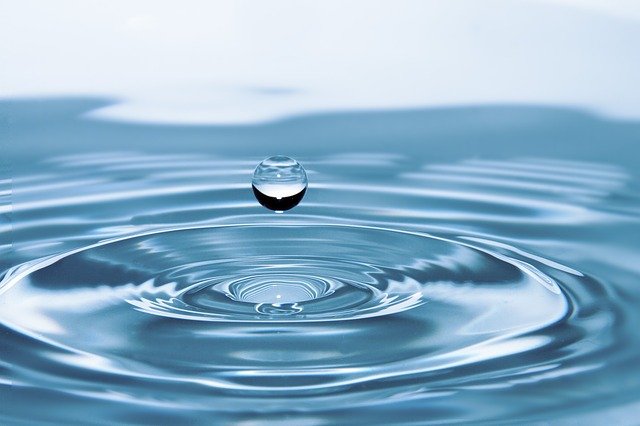The global water crisis is fast becoming acute. Due to pollution and other environmental factors (not the least of which is global warming), some 1.1 billion people currently lack access to clean water, and another 2.7 billion face a shortage of one month or more every year.
Worse, the World Wildlife Foundation estimates that 67 percent of the planet’s population could be facing a water shortage by 2025.
Clearly drastic steps are in order, and one possibility is the purification of seawater. While traditional methods of doing so are sorely inefficient, researchers have discovered a promising new method that may prove utterly revolutionary.
The key? Mimicking the way that human bodies transport water within their cells.
Mimicking the Functions of Aquaporins
The highly sustainable water filtration method is being researched and developed at the Cockrell School of Engineering, a branch of the University of Texas. At first, the research team was trying to mimic the functions of proteins called aquaporins, which are found in cell membranes. Aquaporins act as channels for the transfer of water within the cell and across cell membranes. The team developed a network of synthetic cell membranes that included synthetic protein structures very similar to genuine aquaporins.
The hope was to copy the way aquaporins in cell membranes transport water. Aquaporins fashion pores in the membranes of cells in organs of the body where water is needed the most. These organs include the eyes, lungs and kidneys. The team of researchers wanted to build upon this concept as a sustainable way of filtering water and removing the salt content from seawater, a process called desalination.
Better Than Expected
They were not, however, as successful at mimicking this process as planned. The individual membranes didn’t work well alone. However, when several of them were connected in a strand, they were more effective at transporting and filtering water than previously hoped. The research team has dubbed these membrane strands “water wires.” You could think of this chain of membranes as transporting water molecules as fast as electricity travels through a wire.
These membranes remove salt from water so effectively that they could be used to develop a desalination process to replace current methods, which are expensive and inefficient. This new method would make desalination 1,000 times more effective than traditional methods are. Water could be purified on a large scale faster than ever to meet the demands of the world’s growing population.
Implications of Water Unsustainability
Although water is this planet’s most plentiful resource, not that much of it is fresh water that can be used for drinking and farming. Only three percent of the earth’s water is freshwater, and as noted above, this has major implications for the rising global population, which stood at 7.8 billion as of October 2020, and is projected to near 9 billion by 2035.
China (1.4 billion) and India (1.3 billion) have the most people, while the U.S. has over 330 million.
In 2015 the United Nations established clean water as one of its 17 sustainable development goals, the specific aim of which is to ensure that everyone on the planet has access to clean water by 2030. That means taking such steps as reducing pollution, increasing recycling and using water more efficiently, among other steps.
Many, many other organizations are tackling this problem, as it is something that defies solution by a single body. It is critical that these organizations do so, given that water is essential to human life, essential to our very survival.
